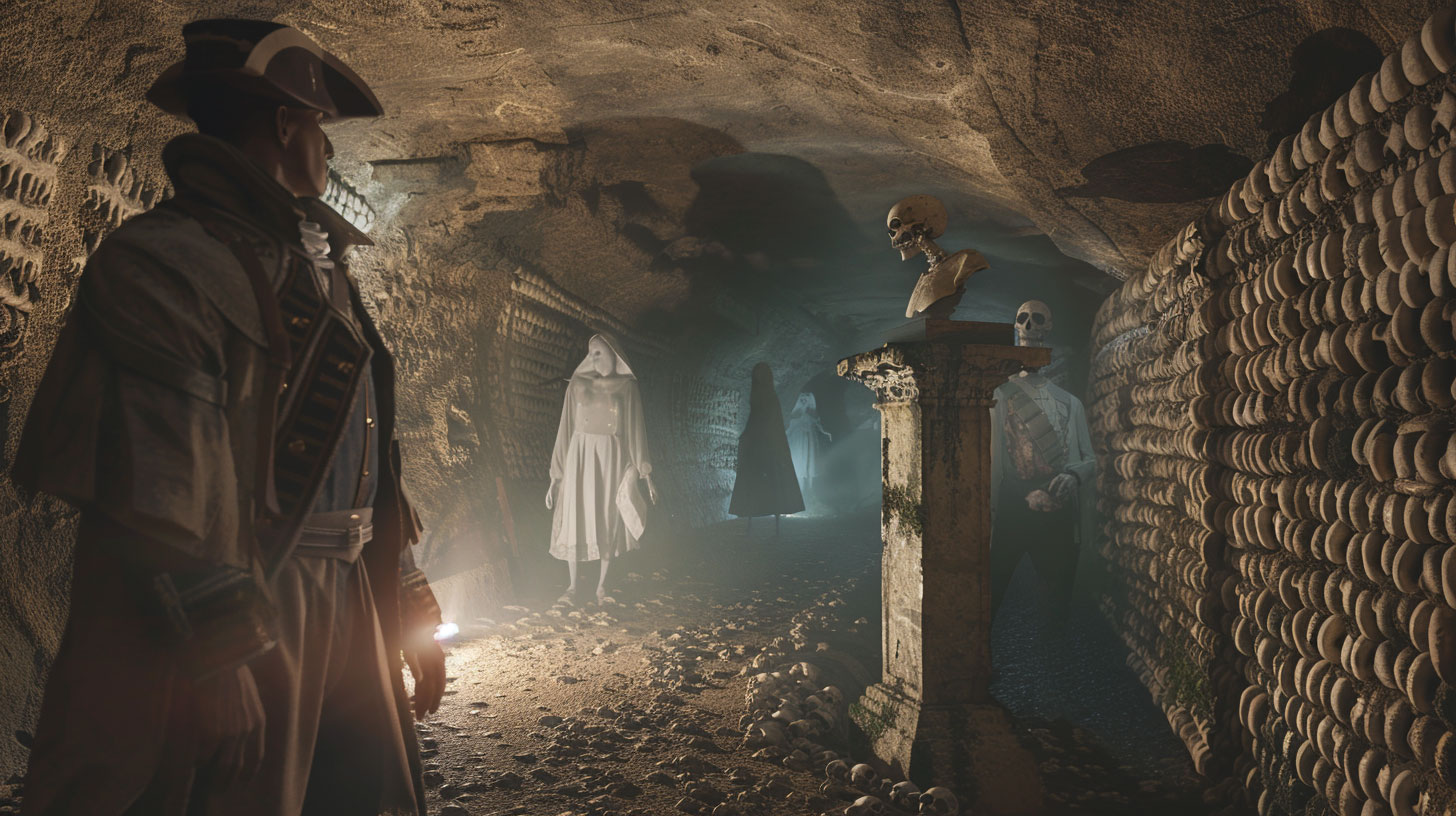
5 Ghosts That Are Said To Haunt The Paris Catacombs
Beneath the bright boulevards of Paris stretches a darker city. The Paris Catacombs, a sprawling ossuary carved from ancient limestone quarries, hold the remains of more than six million people. Bones are stacked in endless walls, forming corridors of skulls and femurs that stretch for miles.
Step inside and history presses close: the silence, the weight of centuries, the shadows that seem to move just out of sight. It is here, in this realm between the living and the dead, that ghost stories have flourished. Visitors whisper of apparitions in the galleries, explorers hear phantom footsteps behind them, and many claim the Catacombs are one of the most haunted places in Paris.
Here are five of the most enduring legends — the phantoms said to wander the tunnels of the haunted Paris Catacombs.
- 1. The Sculptor of the Skulls
- 2. The Woman in White: La Dame Blanche
- 3. The Revolutionary Sentinel
- 4. The Crying Child
- 5. The Watcher in the Darkness
1. The Sculptor of the Skulls: Philibert Aspairt
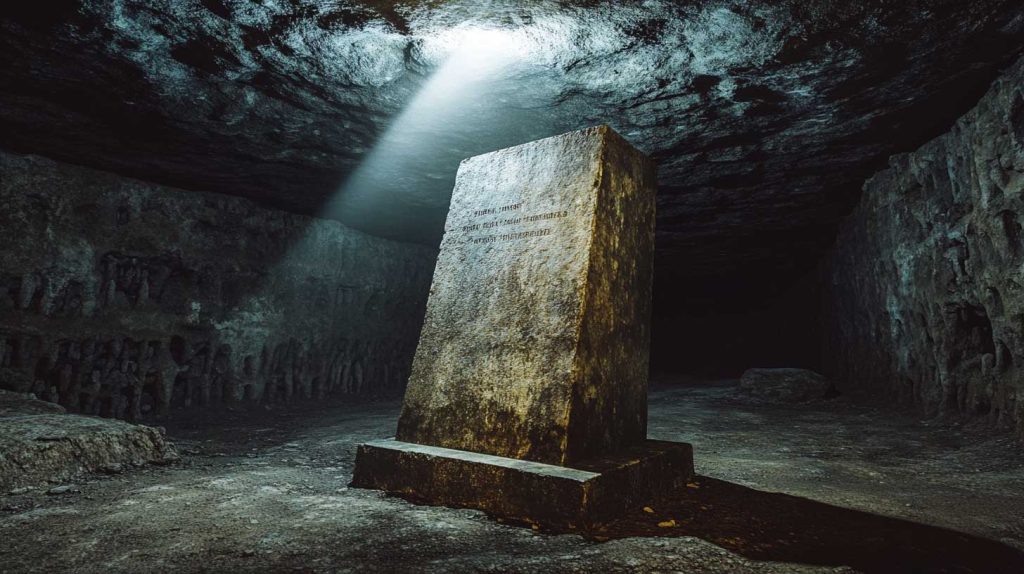
Among all Catacomb legends, one name stands out — Philibert Aspairt, the only person known to have an official grave within the ossuary itself.
Aspairt was a doorman at the Val-de-Grâce hospital. In 1793, during the turmoil of the French Revolution, he ventured into the quarries beneath Paris. Some say he was searching for the famous Chartreuse monks’ cellar, where their prized liqueur was stored. Others believe he simply lost his way exploring.
He never came back. Eleven years later, in 1804, workers stumbled upon his skeleton deep in the Catacombs. The keys of the hospital still hung from his belt, identifying him. His body lay just a few meters from an exit he never found. A small plaque now marks his burial spot — the only named grave among millions of anonymous bones.
His Ghost: Explorers speak of a suffocating heaviness near his memorial. Some claim to see the dim figure of a man groping through the dark, eternally searching for a way out. Aspairt is remembered as both a cautionary tale for reckless explorers and the Catacombs’ first restless spirit.
2. The Woman in White: La Dame Blanche
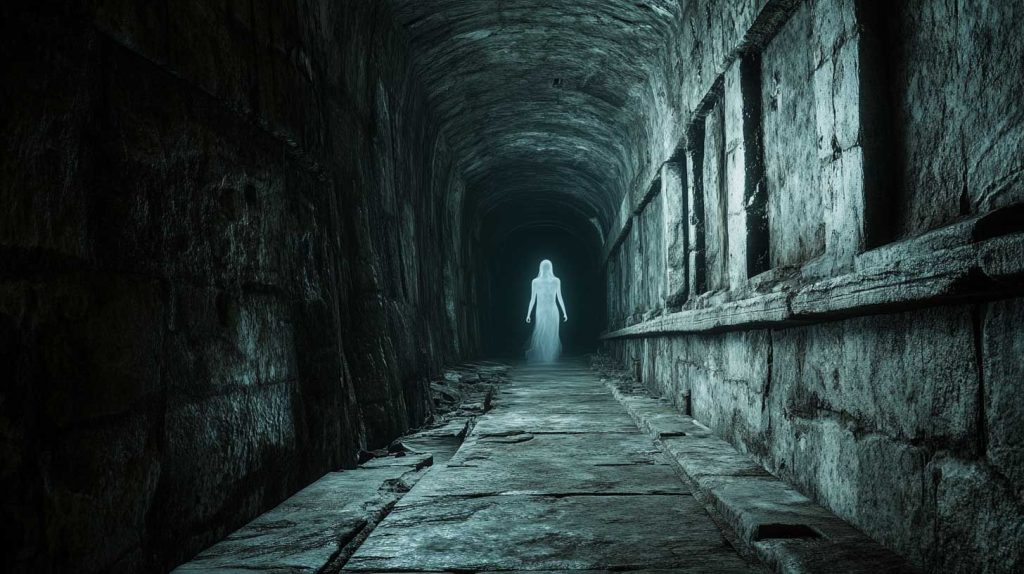
France has no shortage of legends of the Dame Blanche, or White Lady — a ghostly woman who haunts castles, forests, and lonely roads. The Catacombs have their own.
Her origins are lost in the shadows. Some say she was a noblewoman fleeing the guillotine during the Revolution, hiding in the tunnels only to die alone. Others tell of a grieving widow who descended to find her husband’s bones and never returned.
Her Ghost: Described as a pale, translucent woman in flowing white, she drifts silently through the bone-lined corridors. Witnesses report sudden chills and a wave of sorrow when she passes, as though her grief clings to the living. She is often “seen” near the more ornate bone arrangements, as if searching for a familiar skull or weeping over the artistry of death itself.
Unlike darker legends, the White Lady is not malicious. She is sorrow embodied — a spectral mourner wandering forever in the city of the dead.
3. The Revolutionary Sentinel
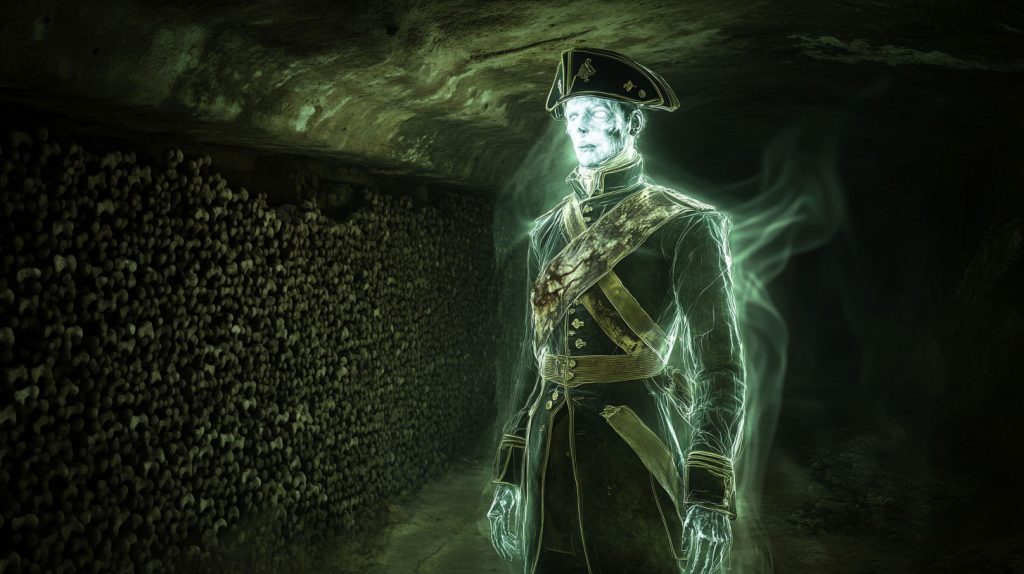
The French Revolution left deep scars on Paris, and the Catacombs were entwined with its turmoil. The tunnels beneath the city were used by both revolutionaries and royalists, for secret meetings, storage, and escape. It is perhaps no surprise that tales linger of soldiers who never left.
His Ghost: Descriptions vary — some see a ragged revolutionary sans-culotte, others a soldier of the Royal Guard. Always he stands motionless, at attention, deep in the unlit sections far beyond the public tours. His posture is rigid, as if guarding something unseen.
Urban explorers, the so-called cataphiles who venture illegally into forbidden passages, claim to glimpse him watching, his eyes fixed forward. Step too close, they say, and he fades into the wall of bones.
Whether a remnant of revolutionary violence or simply the imagination of trespassers, the Sentinel remains one of the Catacombs’ most chilling phantoms.
4. The Crying Child
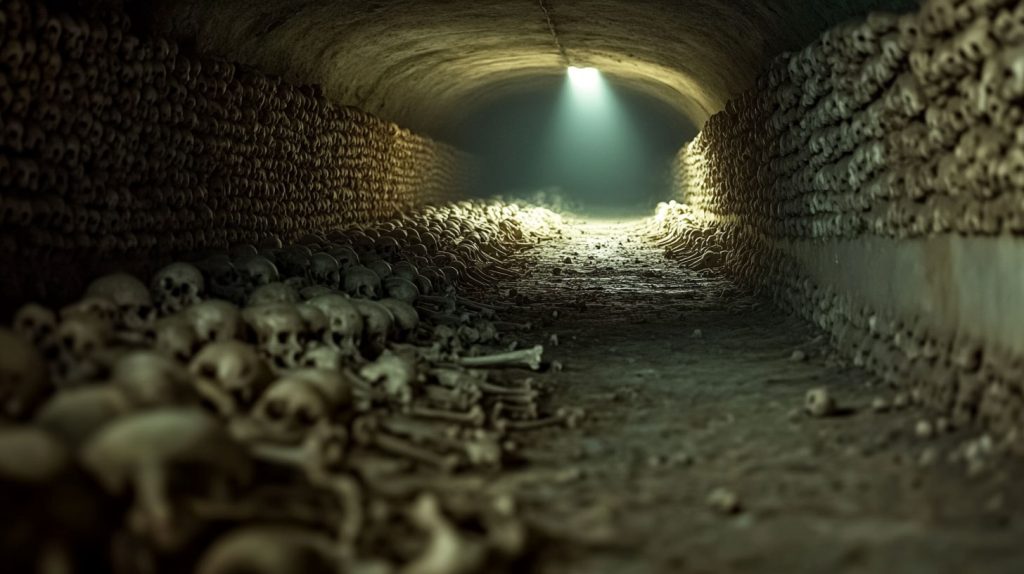
Of all the Catacomb legends, this is the one that unsettles even hardened explorers. In the silence of the tunnels, where every sound carries unnaturally, some claim to hear the faint sobbing of a child.
His/Her Ghost: Rarely seen, the child is instead heard. The crying begins softly, like a distant echo, then grows closer, bouncing from wall to wall. The sound is heartbreakingly real — the muffled sobs of a lost child.
Its origins are a mystery. Was a child once trapped down here, separated from family during the bone transfers of the 18th century? Or is it a darker echo, a symbol of the countless children among the millions whose remains fill the galleries?
Those who have heard it describe an overwhelming urge to flee, driven by sorrow as much as fear. The crying child may never be proven, but the thought alone makes the darkness heavier.
5. The Watcher in the Darkness
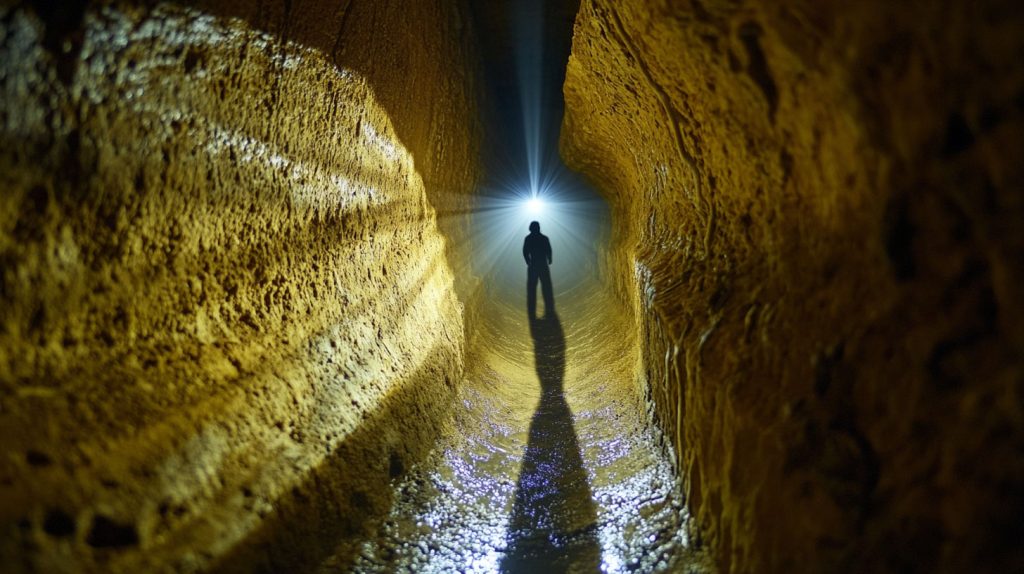
Not every Catacomb ghost takes a human form. Some speak instead of a presence — a thing that is felt rather than seen. The Watcher in the Darkness is less a spirit than the embodiment of the Catacombs themselves.
Its Presence: Explorers describe the sensation of eyes following them in unlit corridors. A shadow lingers in the corner of the beam, but vanishes when you turn. A footstep echoes behind you, though you are alone. The Watcher is the Catacombs’ most primal legend: the idea that the tunnels themselves are alive, feeding on fear, waiting for the living to slip into its embrace.
For some, the Watcher is simply the mind cracking under sensory deprivation, the weight of silence, and the psychology of walking among millions of skulls. For others, it is the truest ghost of all — the spirit of the Catacombs themselves.
The Weight of Six Million Souls
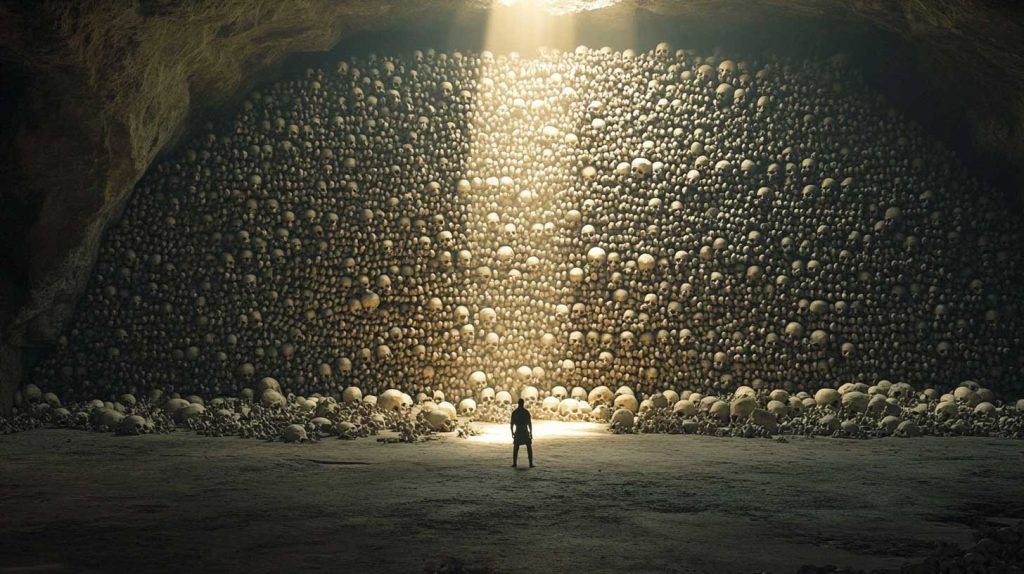
Are these ghosts real? Skeptics point to natural explanations: low oxygen, infrasound, the disorientation of darkness. The human brain, surrounded by walls of bones, is primed to invent horrors.
Yet history itself leaves impressions. The Catacombs are no mere tourist curiosity; they are the final resting place of plague victims, revolutionaries, paupers, and nobles alike. The trauma of centuries is compressed into stone and bone.
To descend is to feel it: the press of history, the silence of millions, the uncanny sense that you are not entirely alone. Whether the ghosts are echoes of the past or projections of the mind, they remain part of the legend. The haunted Paris Catacombs remind us that every skull once belonged to a living person — and some stories, it seems, are too powerful to stay buried.









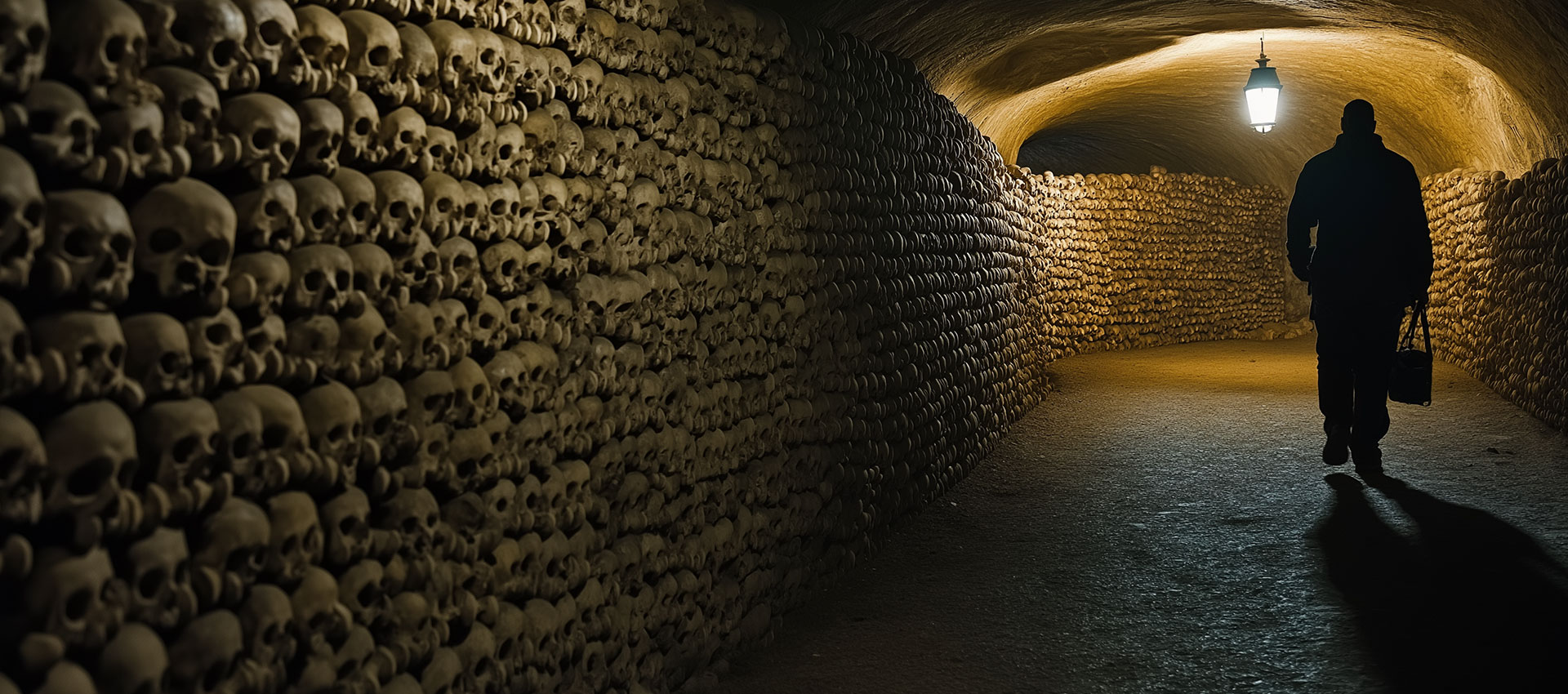
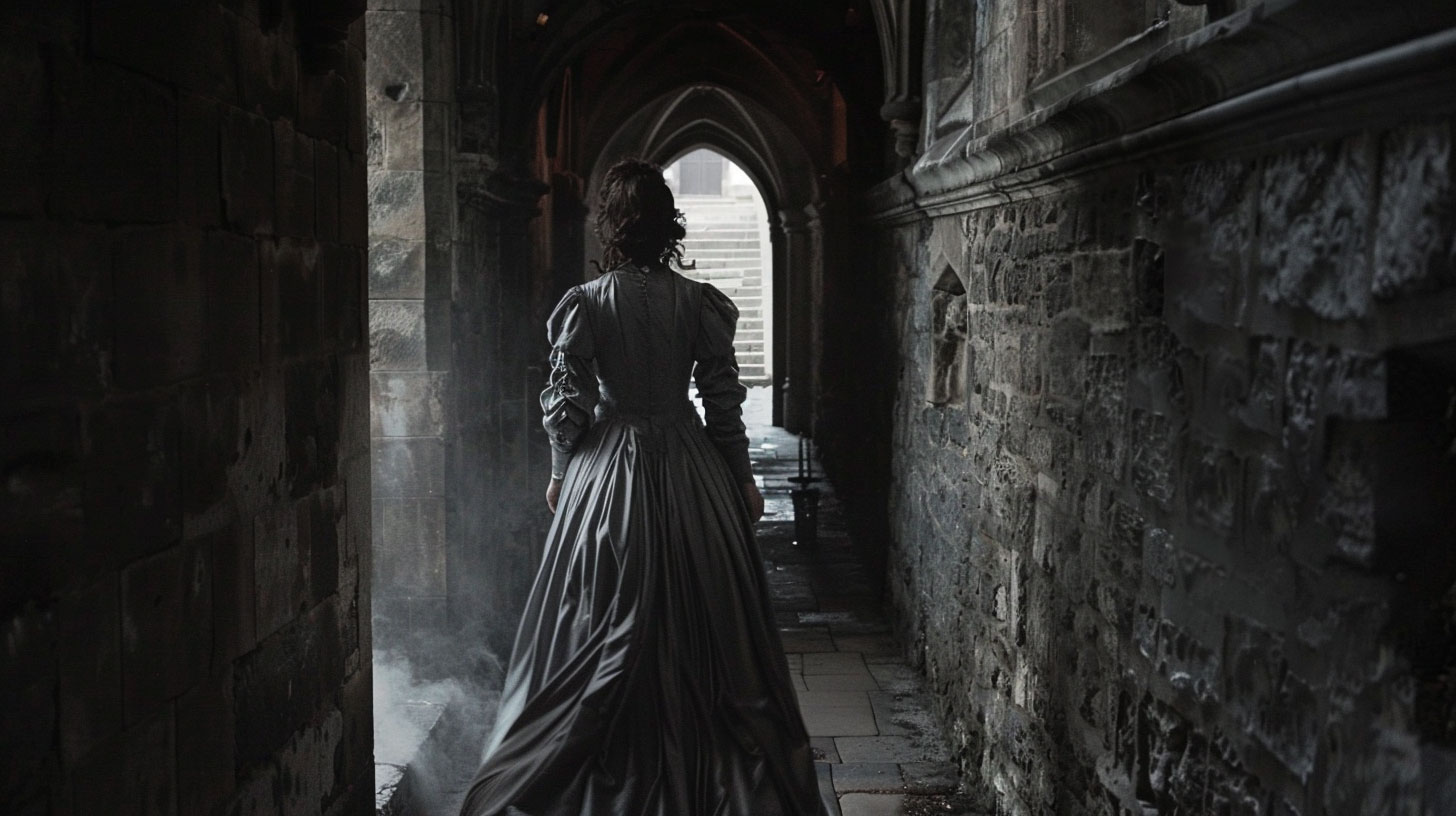
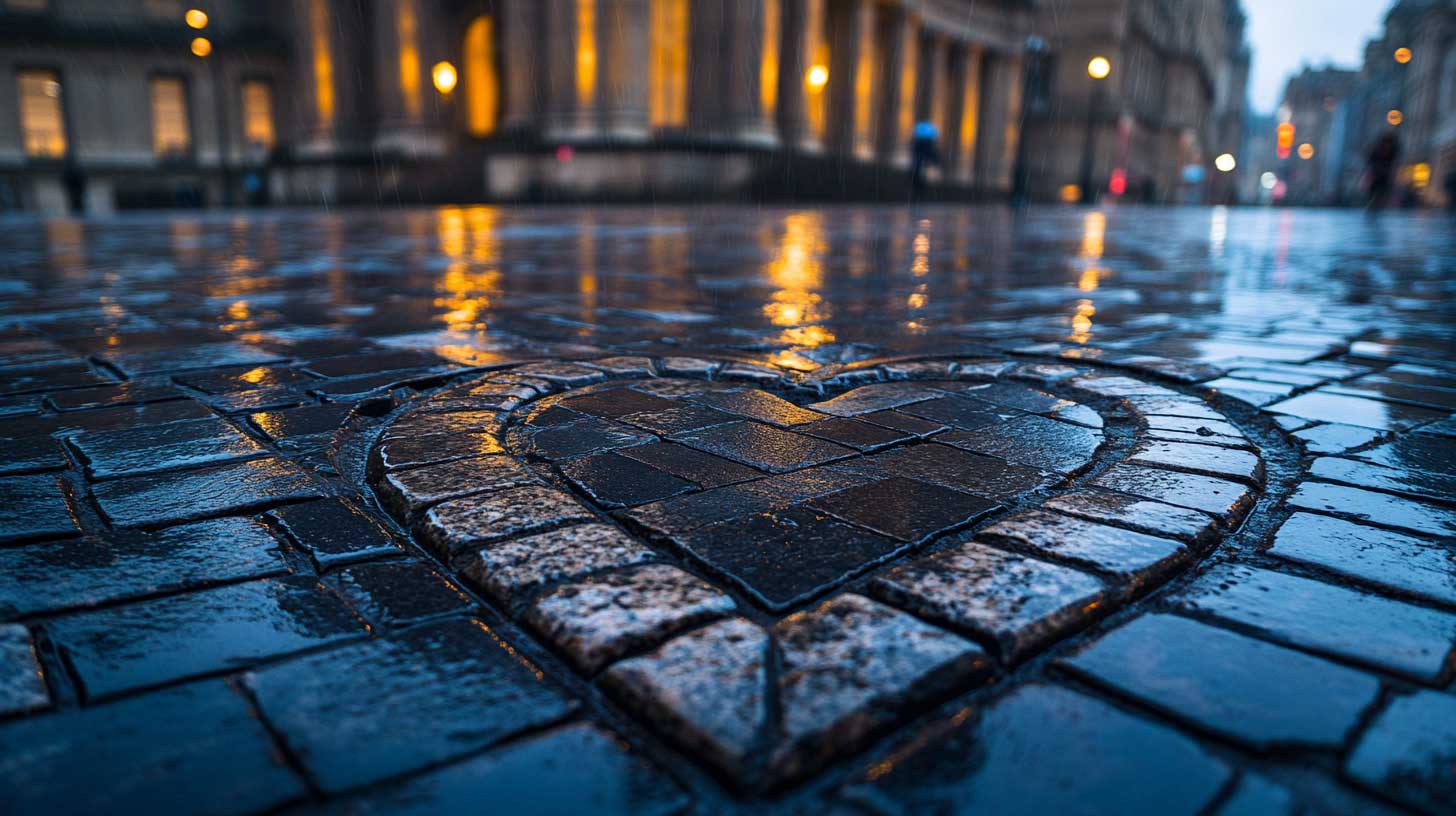


No Comments